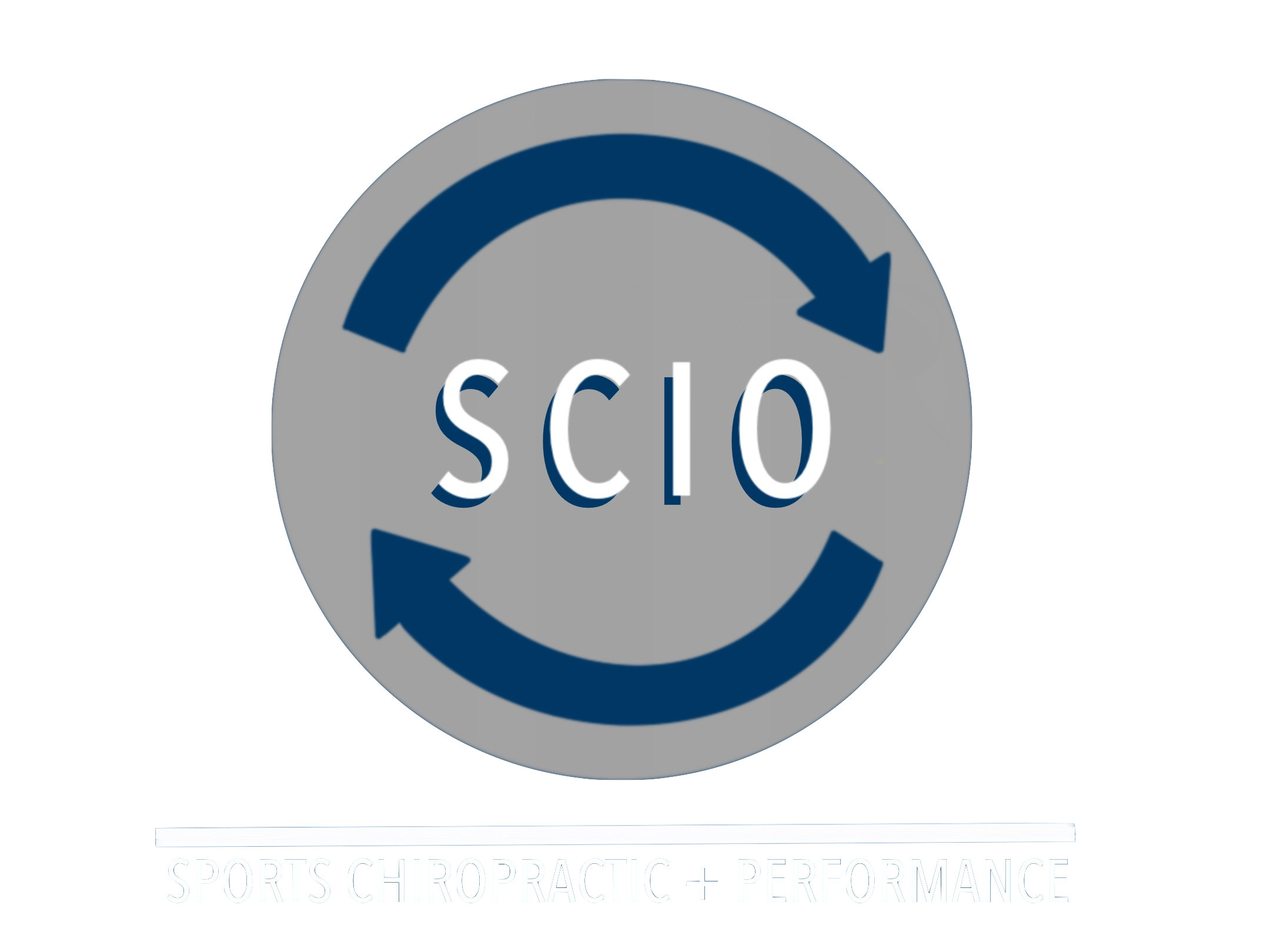What is Kinesiology Tape? And Why Do We Use it?
If you’ve watched professional sports - whether it be the olympics, the National Football League, the Association of Volleyball Professionals, and more - you’ve probably seen kinesiology tape used in some shape or form. Kinesiology tape, also known as KT-tape, K-tape, kinesiotape, etc., is an elastic therapeutic tape used to augment proprioceptive and nociceptive perception to assist with local and global movement patterns. In short, it’s used to change the way your body interprets where it is in space and what that feels like. Potential benefits of kinesiology tape are reductions in pain, swelling, lymphoedema, and muscle fatigue/delayed onset muscle soreness - which can all lead to a quicker return to activity. More info on the benefits of kinesiology taping can be found here.
In our office, kinesiology tape is mainly used to reinforce desired movement patterns. Some common applications from our practice include:
Low Back “H” decompression - used to encourage a more neutral posture of the lumbar spine to relieve biomechanical stress on structures like the hip flexors, paraspinal musculature, and spinal structures up the chain.
Shoulder “T” application - used to facilitate shoulder range of motion and increase awareness of the joint in space. Potential candidates include throwing and overhead athletes, parents who carry their kids often, and individuals recovering from rotator cuff-like injuries.
Lymphatic drainage “basket weave” - used to influence superficial drainage. In cases of bruising, swelling, or any unwanted fluid consolidation, a basket weave of tape has been shown to help diverge that fluid elsewhere.
Calf strips - used to assist affected muscles with cramping, myospasms, and strain-like injuries.
Dr. Raines applying a basic shoulder intervention. Notice how the shoulder is raised into flexion/abduction with the taping. This is meant to assist shoulder range of motion through this particular pattern. This patient presented with shoulder pain during exercise, particularly involving anything raised above 90 degrees of abduction.
Dr. Raines applying RockTape to a tight hamstring prior to competition. Kinesiology tape can be used to relieve pressure an tension on stressed muscles.
Much of the evidence used to support and guide kinesiology taping lies within a gray area of statistics. Much of the evidence is often attributed to placebo or unexplained effects, but just like any intervention, a risk-benefit assessment must be used prior to treatment. The fact that kinesiology tape’s biggest risks include local skin irritation and a false sense of confidence, it’s important to educate yourself on what this type of taping may do, but also what it may not do.
What it may not do
Offer structural support
Restrict range of motion
Prevent traumatic injury
Replace a joint brace
Cure disease
What it may do
Reduce swelling
Reduce pain perception
Reduce lymphoedema
Reduce muscle fatigue/delayed onset muscle soreness
Recruit facilitating muscles
Assist with desired posture
Facilitate desired movement patterns
Increase proprioception
Want to know more about how chiropractors use kinesiology tape? Click this link.
Pictured above is an example of a basket weave application on a thigh contusion. Notice the weave marks left on the area of bruising - these are signs of local drainage.
Top Left: 4 days after application
Top Right: Day of application
This is an example of a decompression application on a biceps/wrist flexor strain. The concept involves creating a “lifting” effect of inflamed or irritated tissues to relieve of unwanted tension.
Seen above is a main mitigation application of a lateral hip complaint. By decompressing local tissues and recruiting facilitating muscles, the injured structures are under less stress.
Kinesiology tape is one of many interventions employed by our practice. Just like the other interventions, it is applied when deemed appropriate after a thorough assessment and examination.
Our choice of kinesiology tape instructions, applications, and products are supplied by RockTape. Their company information can be found here and their research department can be found here.





